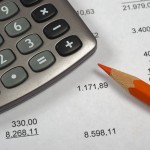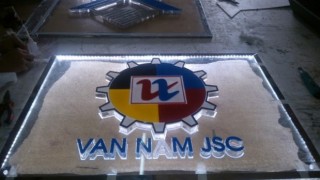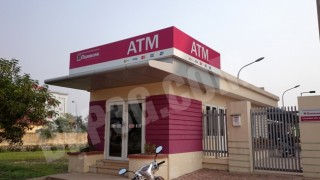Straight Line Depreciation Formula, Definition and Examples
- Danh mục: Bookkeeping

However, calculating salvage value helps all companies estimate how much money they can expect to get out of the asset when its useful life expires. When businesses buy fixed assets — machinery, cars, or other equipment that lasts more than one year — you need to consider its salvage value, also called its residual value. In regards to depreciation, salvage value (sometimes called residual or scrap value) is the estimated worth of an asset at the end of its useful life. Assets with no salvage value will have the same total depreciation as the cost of the asset. Depreciation is an accounting method that companies use to apportion the cost of capital investments with long lives, such as real estate and machinery. The examples below demonstrate how the formula for each depreciation method would work and how the company would benefit.
Download the Straight Line Depreciation Template
However, you may choose a depreciation method that roughly matches how the item loses value over time. For example, due to rapid technological advancements, a straight line depreciation method may not be suitable for an asset such as a computer. It would be inaccurate to assume a computer would incur the same depreciation expense over its entire useful life. Firstly, an asset’s value is recorded in a company’s balance sheet, whereas depreciation expenses are recorded in the income statement. If a company is still determining how long something will be useful, they might guess a shorter time and say it’s worth more at the end (higher salvage value) to keep it on their books longer. Or, if they want to show more expenses early on, they might use a method that makes the item lose more value at the beginning (accelerated depreciation).
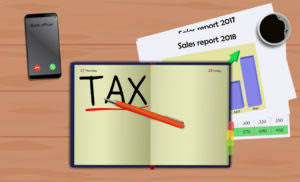
Depreciation and After-Tax Salvage Value Assumptions

Begin by identifying the initial cost of the asset, which refers to the purchase price or acquisition cost. Residual value is essentially the estimated financial value an asset is expected to have once it has outlived its useful life or is taken out of service. This value takes into account factors such as depreciation, age-induced deterioration, and technological obsolescence.
Determining The Salvage Value Of An Asset
- If the scrap value is too high, it might adversely impact the company since there would be an understating of depreciation and overstating of the net income.
- By incorporating this concept into their asset management strategies, businesses can navigate the complexities of the market with greater clarity and confidence.
- You can also use easily available online salvage value calculators for quick calculation.
- The sum-of-the-years’-digits method (SYD) accelerates depreciation as well but less aggressively than the declining balance method.
- Most businesses utilize the IRS’s Accelerated Cost Recovery System (ACRS) or Modified Accelerated Cost Recovery System (MACRS) methods for this process.
Consulting with experts or considering alternative valuation methods may be necessary for more complex or specialized assets. Organizations consider this an essential factor when evaluating an asset’s complete worth. By projecting the asset’s remaining value after its functional life has ended, they can more precisely gauge the asset’s cumulative value over its entire period of utility. By giving due importance to scrap value, businesses can not only optimize their asset utilization but also maintain precise and strategic financial records.
- The units of production method is based on an asset’s usage, activity, or units of goods produced.
- But generally, salvage value is important because it’s the value a company puts on the books for that thing after it’s fully depreciated.
- Map out the asset’s monthly or annual depreciation by creating a depreciation schedule.
- The salvage value calculator evaluates the salvage value of an asset on the basis of the depreciation rate and the number of years.
It is beneficial to the investors who can then use it to assess the right price of a good. Similarly, organizations use it to examine and deduct their salvage value formula yearly tax payments. Besides, the companies also need to ensure that the goods generated are economical from the customer’s perspective as well.
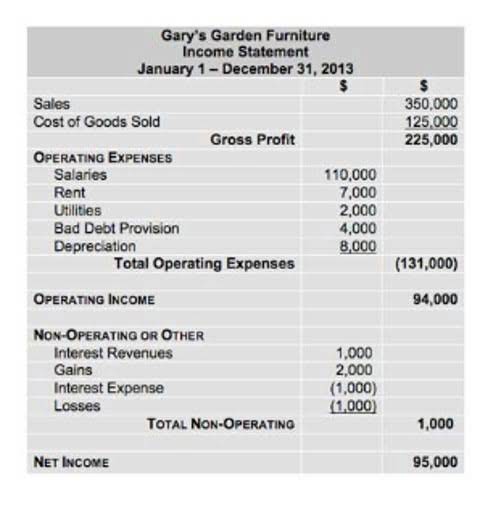
While Salvage Value forecasts an asset’s worth at the twilight of its functional life, other values like Market and Residual give context to its worth in varying scenarios. Although interrelated through the thread of depreciation, Scrap Value and Book Value play unique roles. The former gives a glimpse into an asset’s future worth, while the latter reflects its present financial standing.
Calculate Annual Depreciation
Everything You Need To Master Financial Modeling








